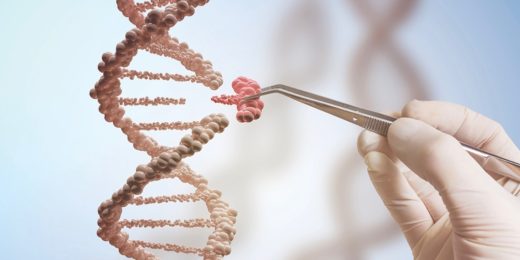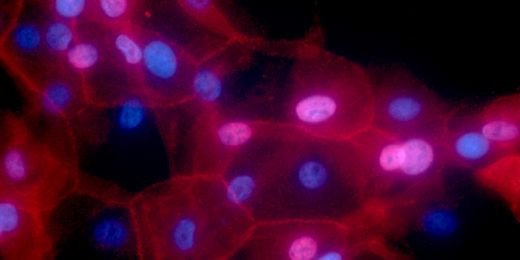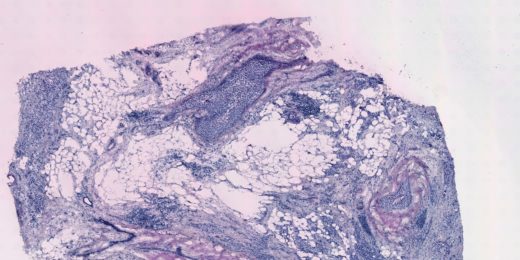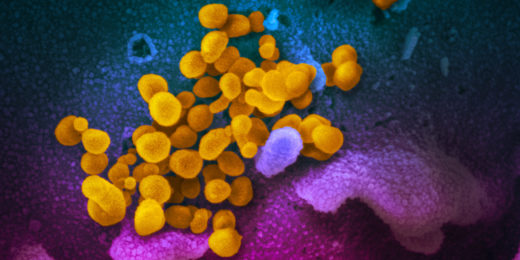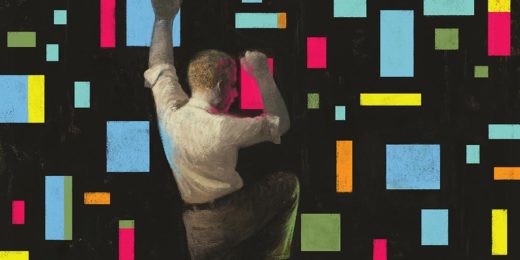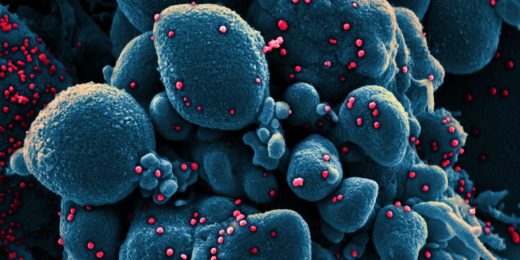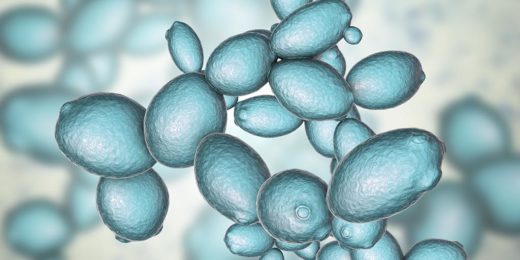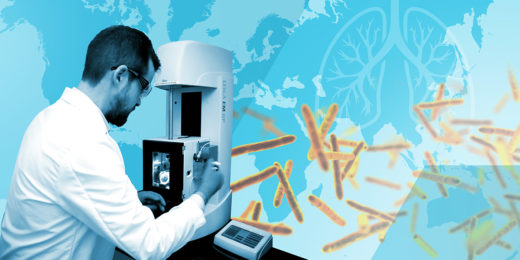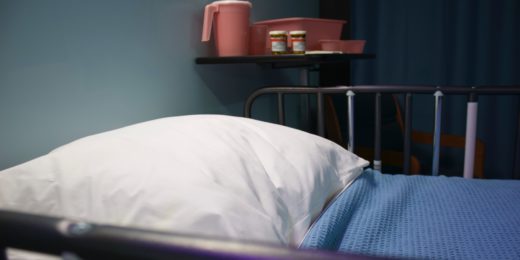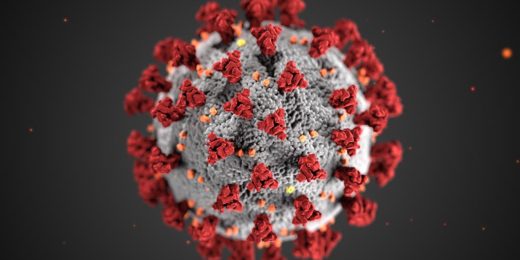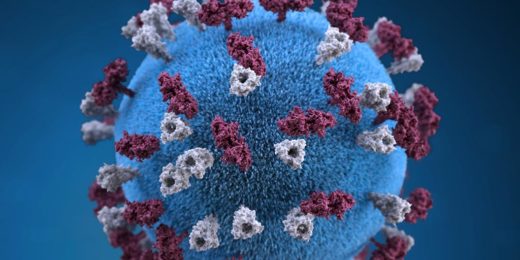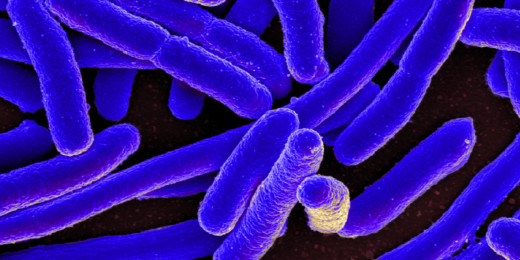Stanford researchers and colleagues have invented a genetic safety mechanism that can deactivate transplanted cells if they change in a problematic way.
Category: Cellular & Molecular Biology
Seeking a less-burdensome treatment for Diamond Blackfan anemia
Stanford researchers have found a good drug target for treating Diamond-Blackfan anemia, a genetic disease that impairs red blood cell formation.
Cell ‘GPS’ provides real-time look at a single cell’s journey through the body
Stanford scientists have devised a way to use positron emission tomography to watch the movement of a single cell injected into a lab mouse in real time.
‘Instagram-like filter’ labels molecular details in tumor images
Scientists created an algorithm that analyzes a cancer biopsy and pairs spatial information with gene expression to better understand the disease.
How remdesivir works, and why it’s not the ultimate coronavirus killer
How exactly does the antiviral drug remdesivir counter SARS-CoV-2 – the coronavirus strain responsible for COVID-19? And how well?
Understanding the biological clock of pregnancy
Stanford scientists have built a detailed picture of the biological clock of pregnancy, tracking thousands of metabolic markers throughout gestation.
“Microbubbles” and ultrasound bombard cancer cells in mice
Using microbubbles and ultrasound, researchers have created a cancer treatment that kills tumor cells and recruits immune cells to the tumor.
Analyzing patients’ tumors, from the inside out
The experts on Stanford Medicine's molecular tumor board brainstorm new ways to attack individual patients' tumors at the genetic level.
How chloroquine, coronavirus duke it out inside a dish
Even if chloroquine and hydroxychloroquine don't end up being the best treatment for COVID-19, observing how they work in a dish can teach scientists a lot.
Destructive protein can also help cells survive tough times
Research shows that misshapen proteins called prions can help yeast cells survive environmental threats, such as a lack of food and common antifungal drugs.
Cavity found inside tuberculosis molecule could expand research paths
The discovery of a giant cavity in a key tuberculosis molecule could open the way for better understanding of the disease.
One in five people with COVID-19 are also co-infected with other viruses or bacteria
Co-infection with SARS-CoV-2 and other respiratory pathogens is more common than previously expected, according to a Stanford study.
What’s a virus, anyway? Part 2: How coronaviruses infect us — and how viruses created us
A look at how viruses — including coronavirus — enter cells, use their molecular machinery to copy themselves and escape. And how to stop them.
What’s a virus, anyway? Part 1: The bare-bones basics
Amid the COVID-19 pandemic, viruses are getting a lot of attention; here's an inside look into the most abundant life form on Earth.
When lab tests are misleading: A mystery in antibiotic resistance
Most children with antibiotic-resistant urinary tract infections get better on less powerful antibiotics than lab tests say they need, says Stanford study.
Frog eggs rise from the dead
Stanford researchers have found that when frog eggs are dismantled in a centrifuge, they can reassemble and the cellular compartments can reproduce.


